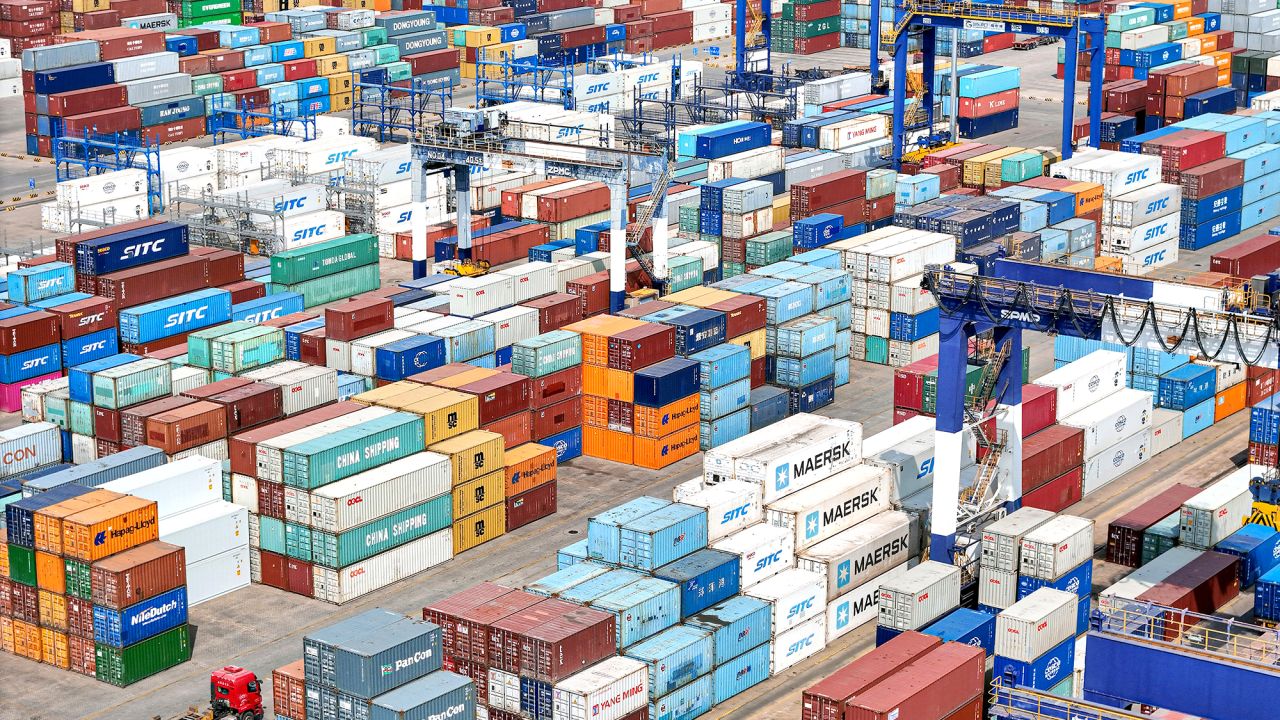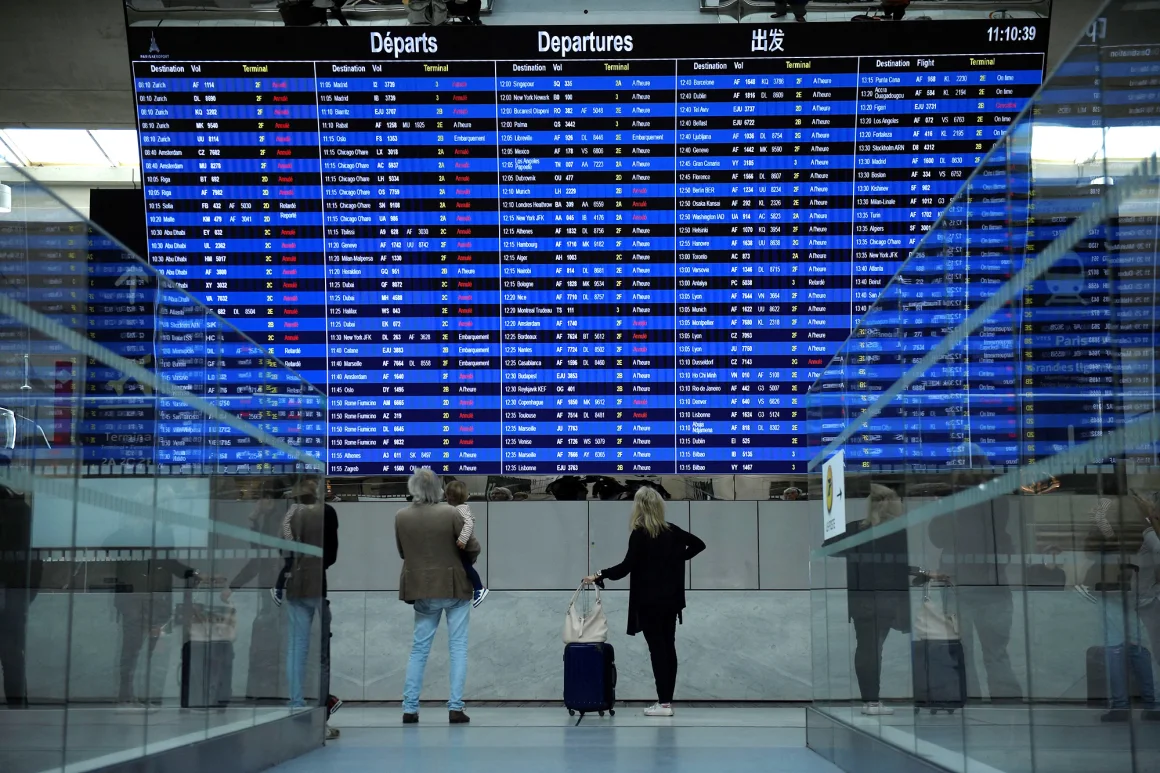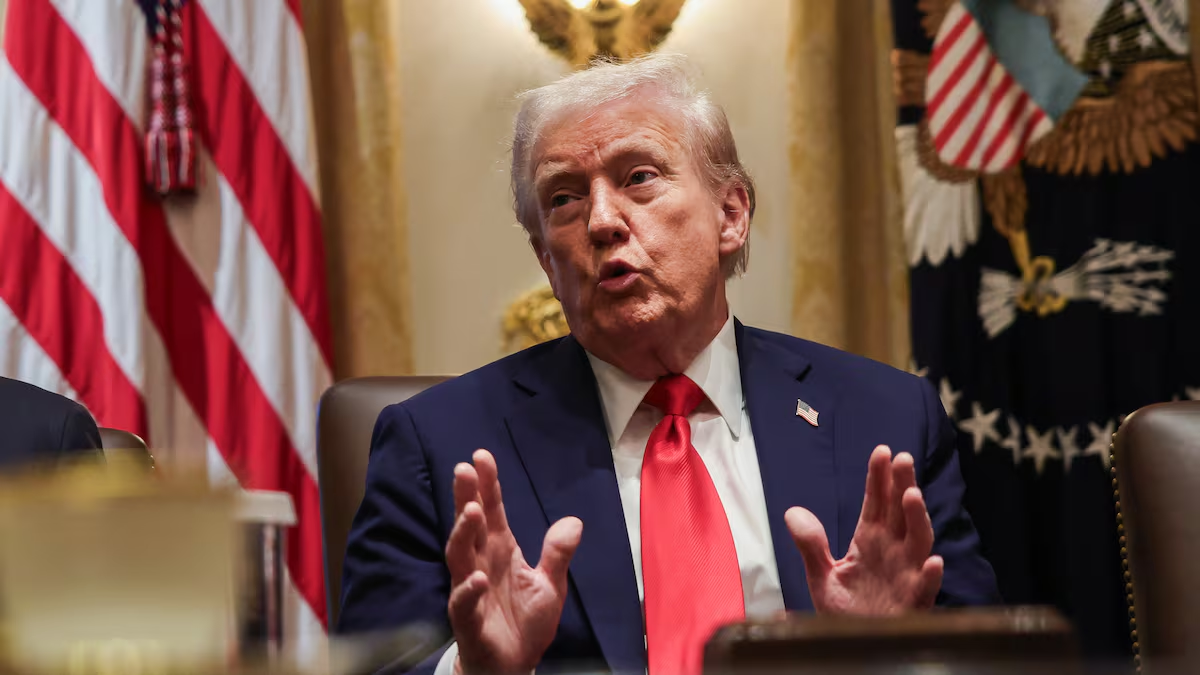For Bonnie Ross, a New York–based clothing importer, the news that the U.S. would temporarily reduce tariffs on Chinese goods brought immediate relief — albeit short-lived. “It was a huge relief for about five minutes,” Ross says with a wry smile.
Then the race against the clock began.
Ross had already pulled two full cargo containers from Chinese ports when the 145% import tax took effect last month. Now she’s working urgently to ship as much inventory to the U.S. as possible while the lower tariff rate remains active.
Still, she fears a shipping surge is inevitable.
“There’s going to be a rush now because everybody is going to want their goods out in the next 90 days,” Ross says. “What’s going to happen to freight prices?” For business owners like her, the tariff cut is welcome news — but it also intensifies the sense of instability.
Although the U.S. and China have agreed to temporarily roll back the steep tariffs they imposed on each other, the lowered trade barriers are only guaranteed for 90 days — and no one knows what will follow after that.
The tariff on Chinese goods entering the U.S. will drop from 145% to 30%, while China’s duty on U.S. products will be reduced from 125% to 10%. Despite these reductions, the rates remain significantly higher than the levels seen before President Trump initiated the trade conflict.
Trying to Navigate the Next Few Weeks
Jay Foreman, who operates a toy company in Florida that produces items like Tinkertoys and Lincoln Logs in China, got word of the agreement at 4:30 in the morning. He immediately contacted his team in Hong Kong to arrange urgent shipments.
“We’ve been holding back all our goods at the factories and ports because we couldn’t risk shipping anything with a 145% tariff,” Foreman explains.
He believes that the new 30% rate is more feasible, although at least some of that added cost will ultimately be passed on to customers through higher retail prices.
“It’s a total disruption, but I think everyone in the supply chain would agree it’s better than what we were dealing with before,” Foreman says. Some companies may attempt to rush production and shipping before the holiday season to avoid the risk of another tariff hike in the fall. Still, Foreman warns, that move carries risk, as the administration could decide to extend the lower rates beyond the three-month mark.
“Right now, I’m just focused on surviving the next four to six weeks,” he adds. “If I double-shift the factories to produce more and get it shipped before the 90 days are up, I’ll need another few weeks to determine if that’s even possible.”
A Fragile Win Is Better Than No Deal
Jonathan Silva, who runs a Massachusetts-based company that makes luxury board games in China, has nine containers of merchandise that have been sitting idle — and now he plans to send them to the U.S. right away.
“We’ve got to get product back on store shelves,” Silva says. “We were getting dangerously close to shortages.”
“A 30% tariff — it’s not perfect,” he adds. “I think we’ll need to raise prices slightly.” But at least he’s no longer fearing total financial collapse.
For the moment, like other business owners, Silva is pushing to ramp up production and ship more games in time for the holiday retail rush.
“It’s like someone turned the faucet back on,” Silva says. “Everyone will be placing orders in the next week. We’re sending ours today to try to get everything done within the 90-day window and salvage as much holiday business as we can.” Regardless of what the tariff situation looks like three months from now, Silva says his company will be exploring manufacturing options outside of China, including other parts of Asia and even the U.S.
“The last 40 days have been the toughest our business has ever experienced,” Silva admits. “And I’m relieved we’re coming out of it. But there’s still so much we don’t know. Everything is still incredibly unpredictable.”



